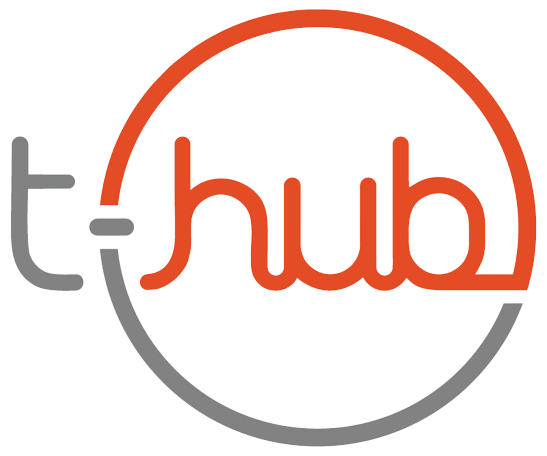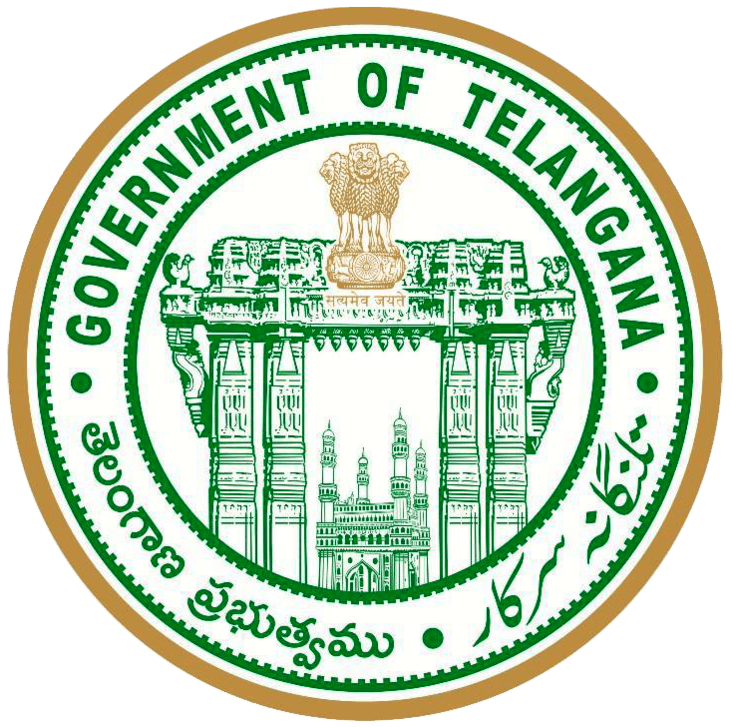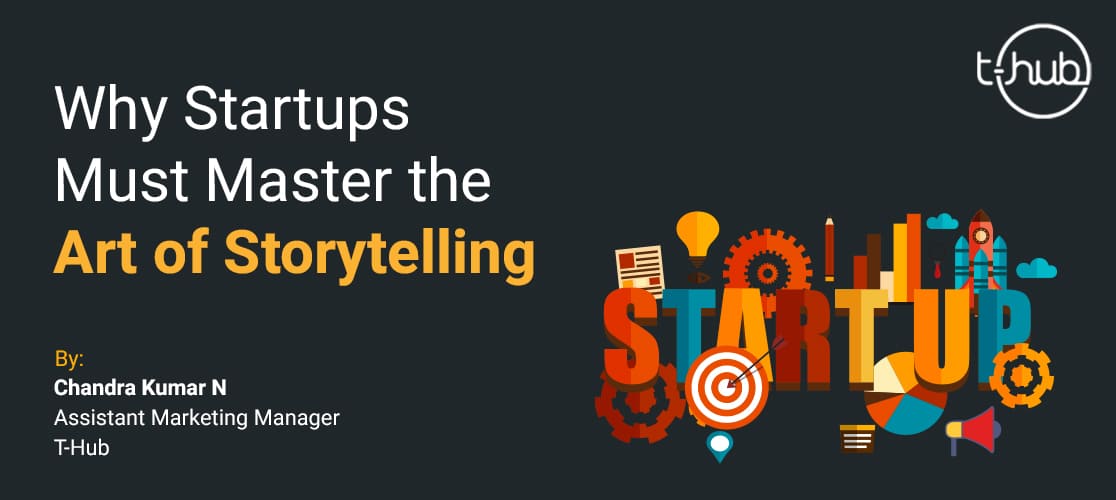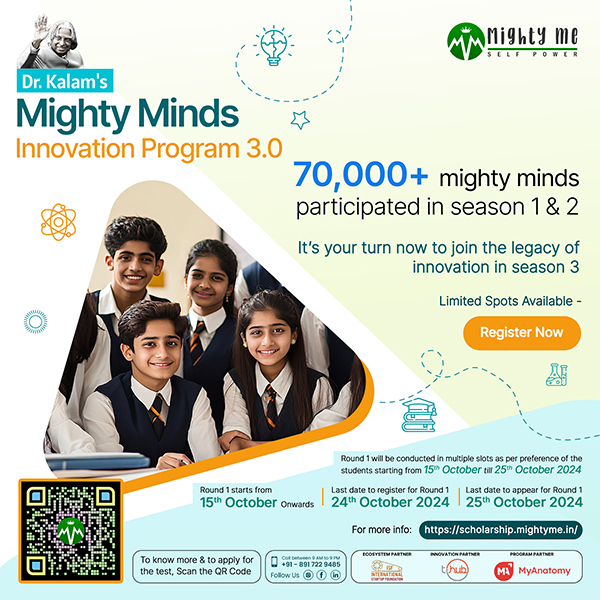The process of branding or marketing a business, product or service is a lifeline for enterprises in today’s digital-first world. It allows them to distinguish themselves from the competition, capture their audience’s attention and forge deep connections. All of it starts with having a powerful narrative about the brand.
About 53 per cent of customers expect small businesses to have a brand purpose or a story, which connects them to the brand’s philosophy and core values. So, if a brand can portray a compelling story and consistently delivers on its promises, it will leave a lasting impression and drive its success.
Digital marketing, which includes leveraging social media, search engine optimisation (SEO) and content marketing strategies can increase brand awareness and evoke a sense of connection and trust. Thus getting your brand message right is an important exercise for any startup looking to scale and build a sustainable business.
Creating an Emotional Connection
People are wired to respond to stories. A startup can share the story behind the company, the challenges faced, how it overcame its challenges, the passion that keeps it going and the impact it aims to make through its business operations. However, relatable storylines allow customers to feel closer to the brand and the founders.
For example, the co-founder and CEO of Sugar Cosmetics, Vineeta Singh, has been vocal about her multiple unsuccessful ventures before launching Sugar Cosmetics, a cosmetics brand. Her stories about catering to Indian skin tones and textures, making it as a woman entrepreneur and her lifestyle as a runner and mom have engaged customers and investors alike, making her an inspiration and a favourite with millennials and the Gen Z population.
Differentiating the Brand
In the crowded startup ecosystem, it’s essential to differentiate the brand from other similar services. For example, Myntra and Ajio, Dunzo and Zepto, Uber and Ola, Zomato and Swiggy, Zerodha and Upstox offer similar services. Startups require a powerful narrative that showcases its value proposition, vision and mission.

It can be achieved through storytelling formats that reflect the brand’s personality and create a distinct identity in the target audience’s minds. The storyline can include anything from the founder’s journey or, a customer success story to the brand manifesto.
A startup can build its personality by choosing brand colours and standing for specific personality traits, like sincerity, reliability, spiritedness, outdoorsiness, femininity, wholesomeness, playfulness and innovativeness. 64 per cent of customers reported that personification of brands makes them feel emotionally connected, creating a positive customer experience.
Aided by advancements in the AI/ML and data analytics domains, it is today possible for startups to leverage the data for a better understanding of their customer behaviour and their needs.
Building Trust and Credibility
For any startup or organisation, building trust, credibility and a positive reputation is paramount to establishing a solid foothold in the market, especially in a competitive global market. Branding then helps at the time of seeking funds, partnerships and customers.
A startup can build trust and credibility by defining its values, beliefs, mission and vision and regularly communicating that same through the conscious use of various marketing platforms. The beliefs or values represented can include, diversity, equity and inclusivity messages, climate change, workforce reskilling and economic inequality.
For example, Blue Tokai Coffee Roasters have been vocal about sourcing coffee beans from sustainable farms, using recyclable and composite packaging, reducing their carbon footprint and spreading the message of diversity and inclusivity. A Deloitte research highlighted that 57 per cent of customers are more loyal to brands committed to addressing social inequities through their actions.
Engaging Investors
Multiple factors, such as the team, product/service, traction, market, valuation and exit strategy, contribute to a startup attracting investors and raising funds. However, a startup with a strong narrative, similar core values and brand equity is equally important, as it drives sales volume.
According to Marq’s State of Brand Consistency report, an enterprise with consistent branding across all channels can increase revenue by 20 per cent.

For instance, the branding of the fintech startup CRED is centred around ‘creditworthiness as a currency’. It uses the company website, the application and social media channels to communicate the benefits of good credit, such as access to better interest rates and travel rewards. They have raised USD 801.5 million in nine rounds of funding from 34 investors, including Tiger Global Management, Sofina and Alpha Wave Global.
Attracting and Retaining Talent
There is fierce competition to attract and retain top talent, as it can make or break a startup or any organisation. At a time like this, employer branding becomes essential. Employer branding is communicating the company’s values, culture and mission consciously. A strong employer brand makes employees proud of their company and can foster a sense of pride, loyalty and commitment.
For example, Starbucks is known for its employer brand. It uses Instagram and Twitter to showcase appreciation for its current employees and interact with future ones using hashtags. Their social media branding strategy showcases their company culture. It promotes employee benefits, such as free tuition, discounts on food and coffee and flexible working arrangements.
They have also dubbed their 4,02,000 global employees ‘partners’ rather than ‘employees,’ thereby invoking a sense of ownership and pride.
Therefore, in a fast-paced world of startups and businesses, the importance of storytelling cannot be overstated. It’s a powerful way to communicate, create a clear and consistent identity, connect with the audience emotionally and create a shared understanding of the enterprise’s value. As Seth Godin, the author of Purple Cow, highlighted, “A brand is not just a logo or a tagline. It’s the sum total of everything your customers experience.”






